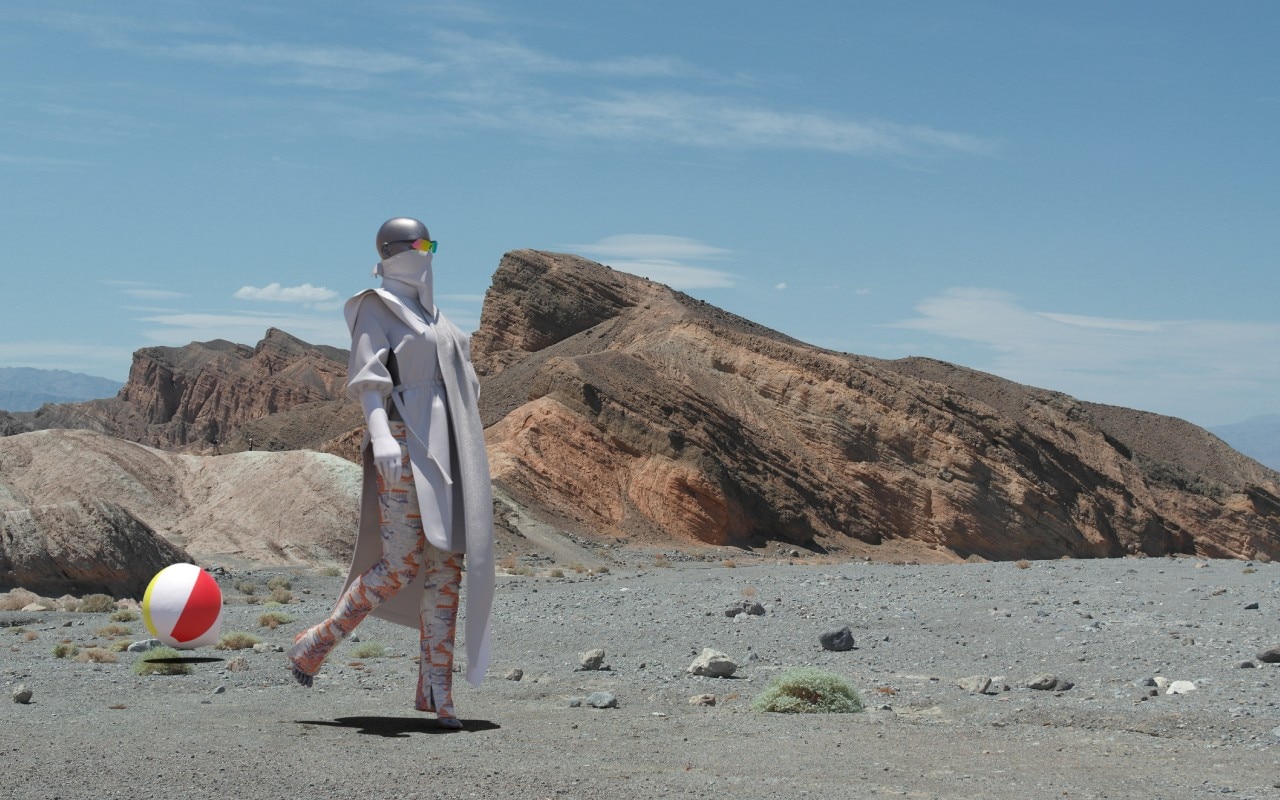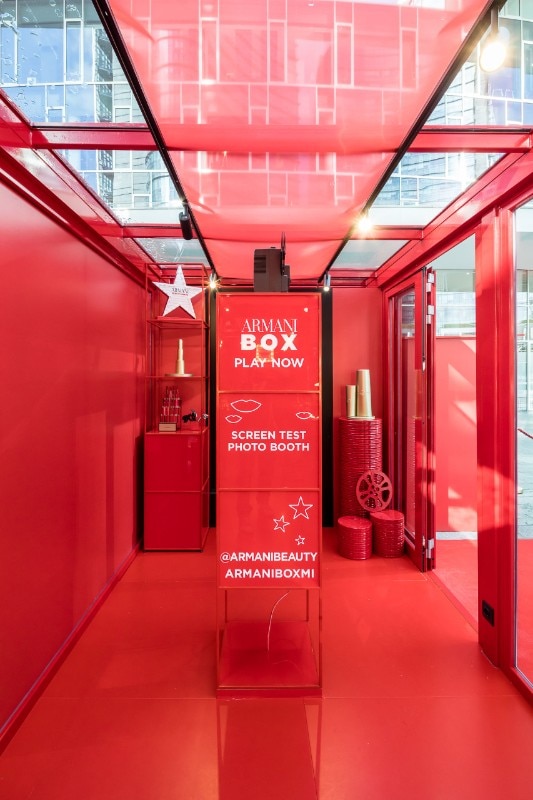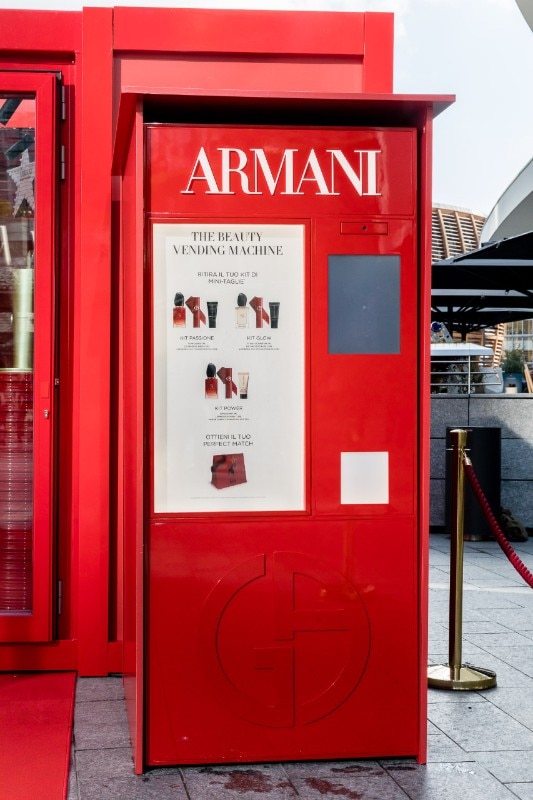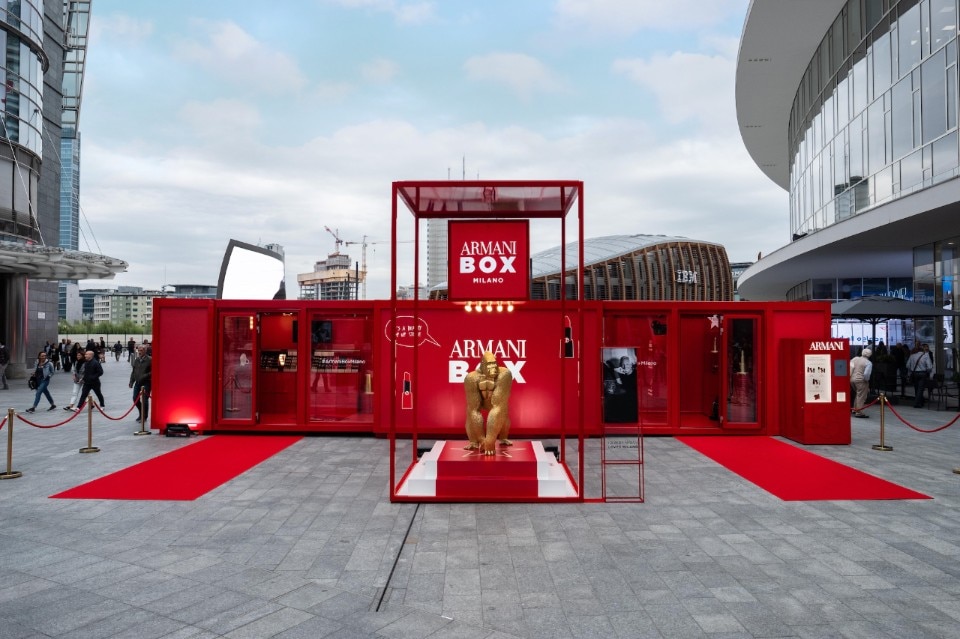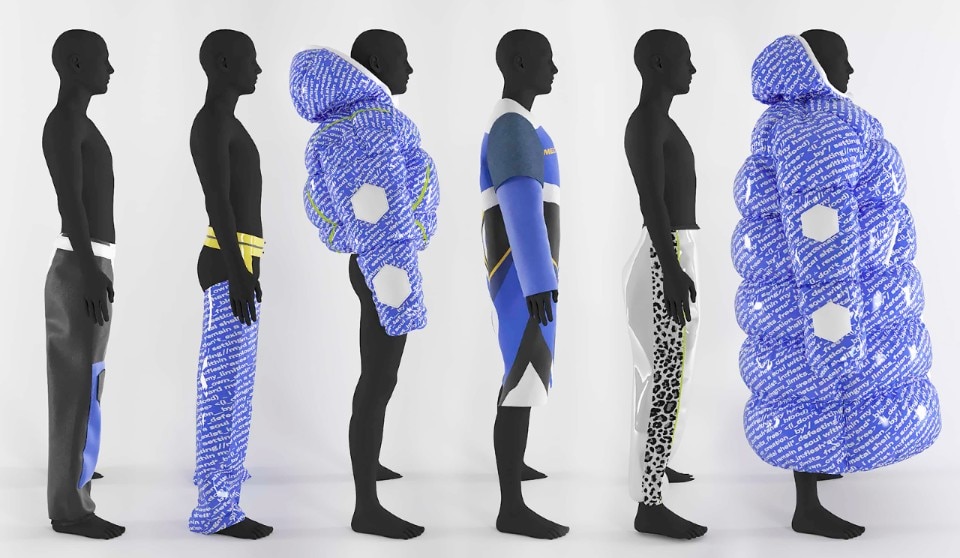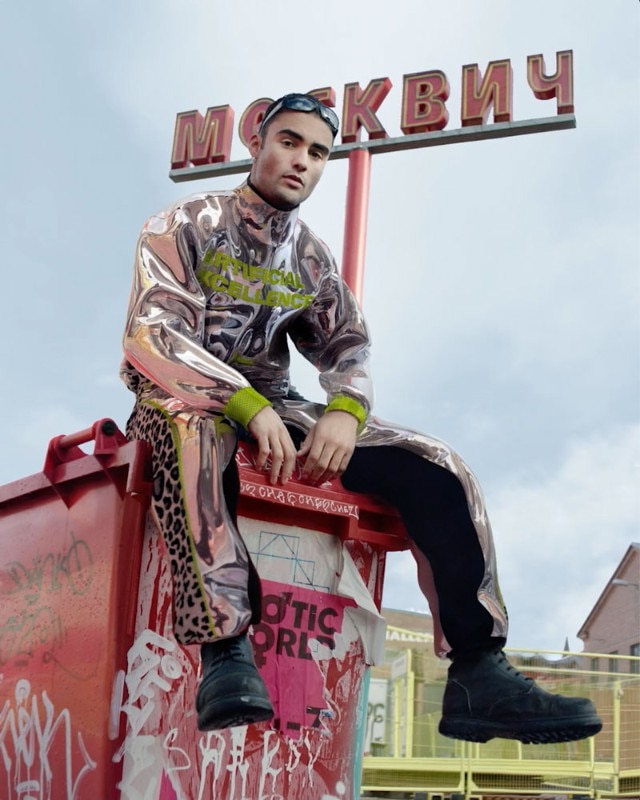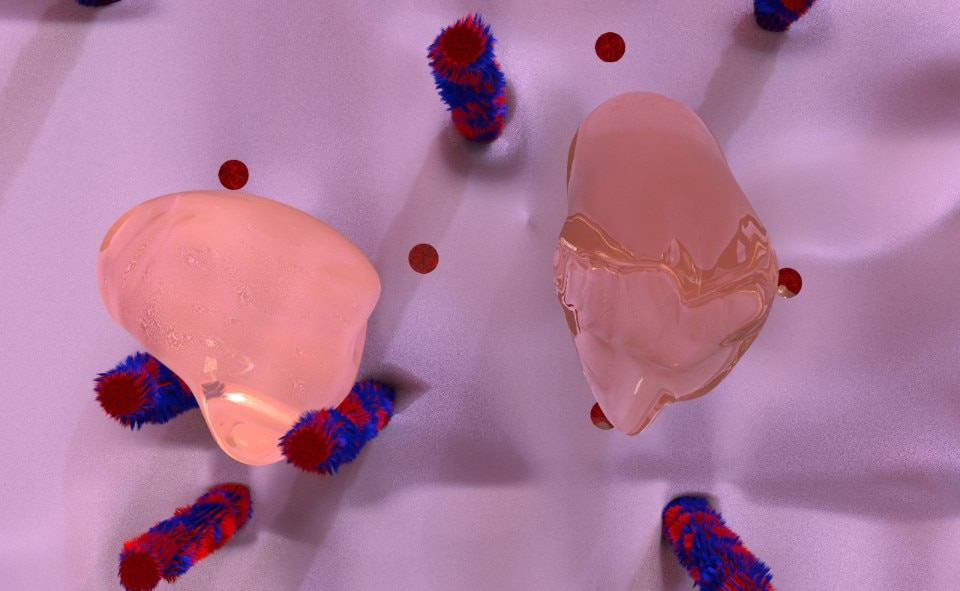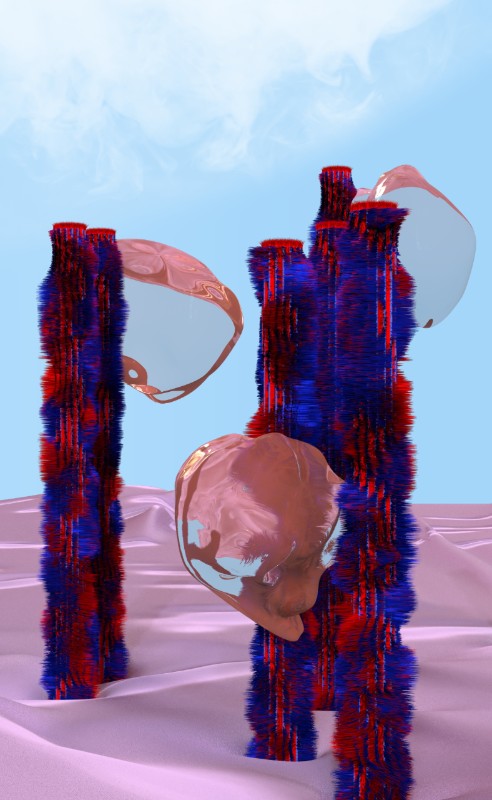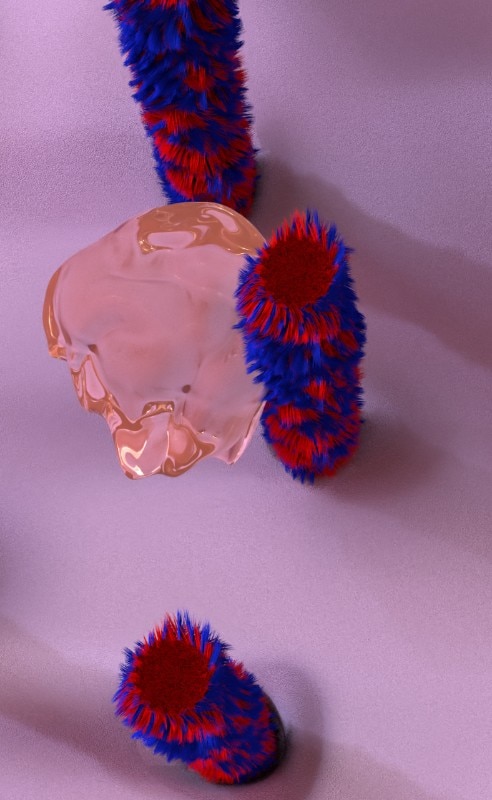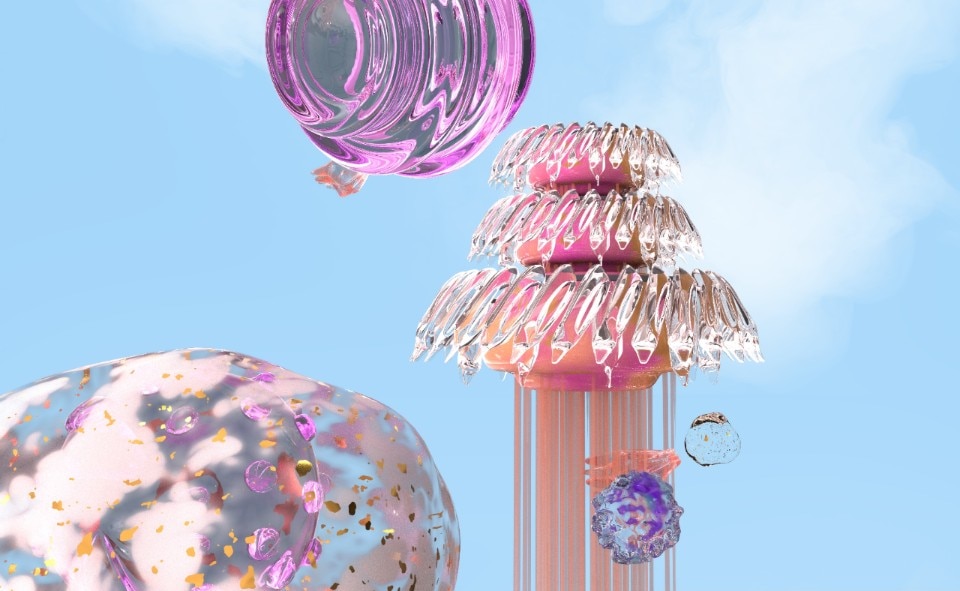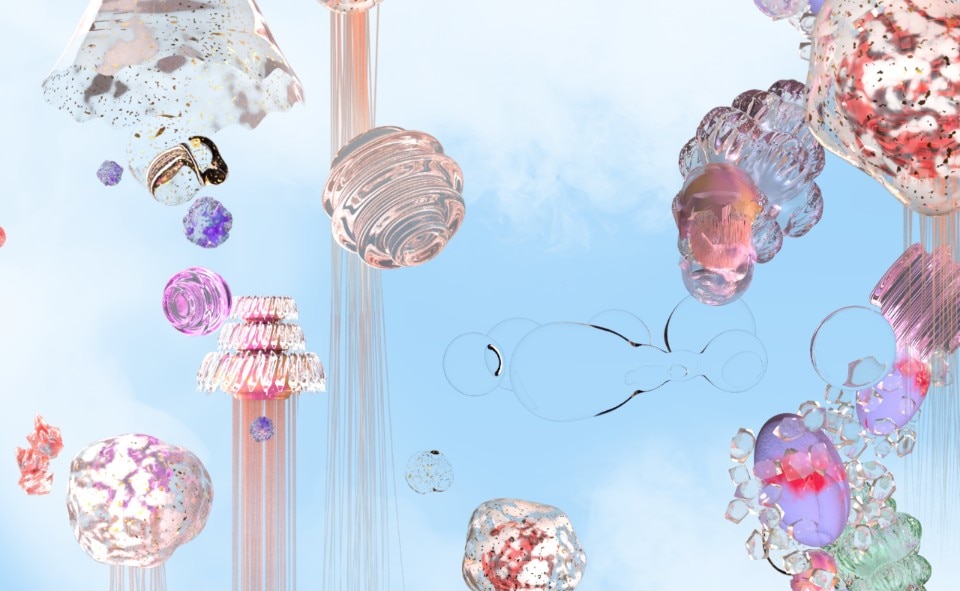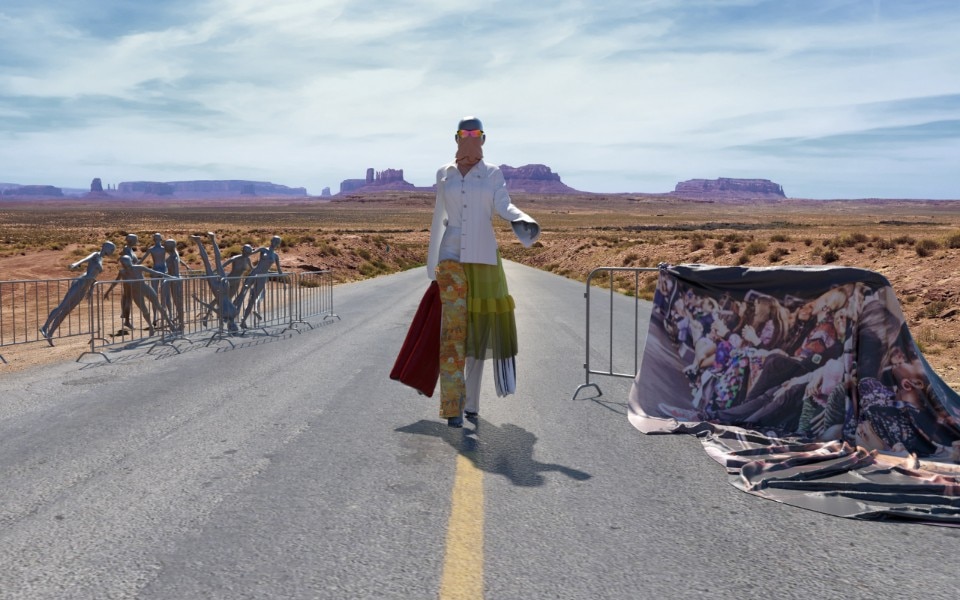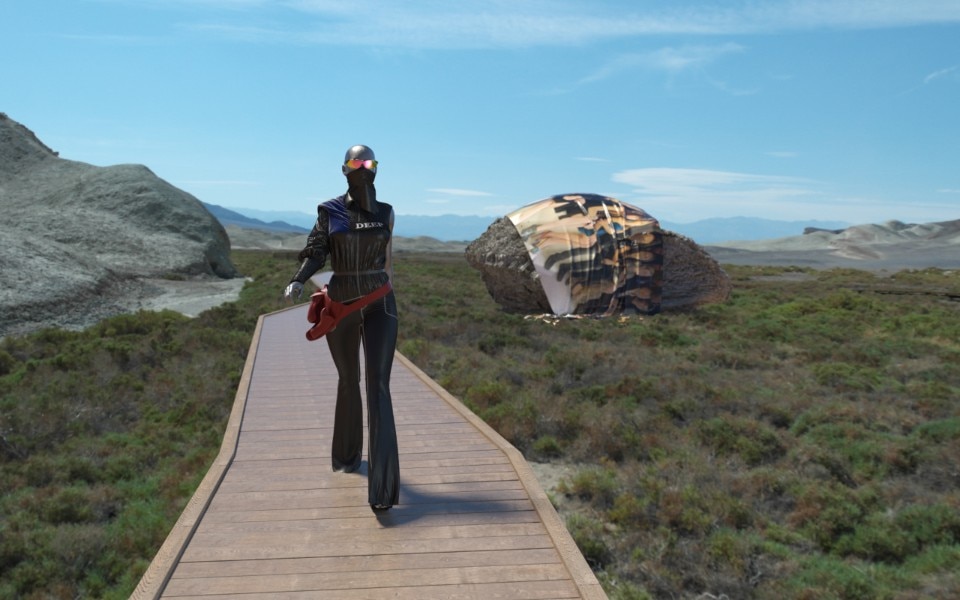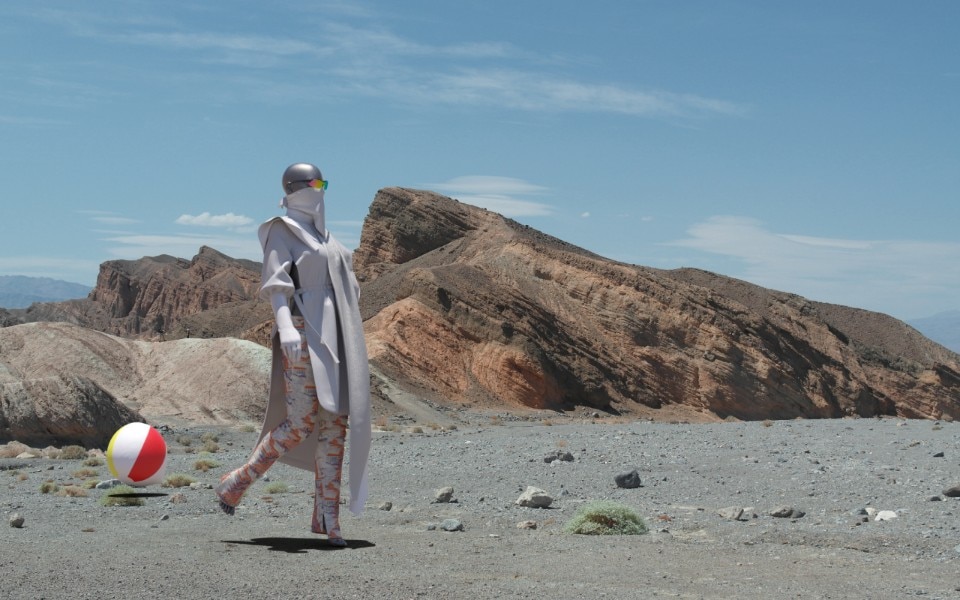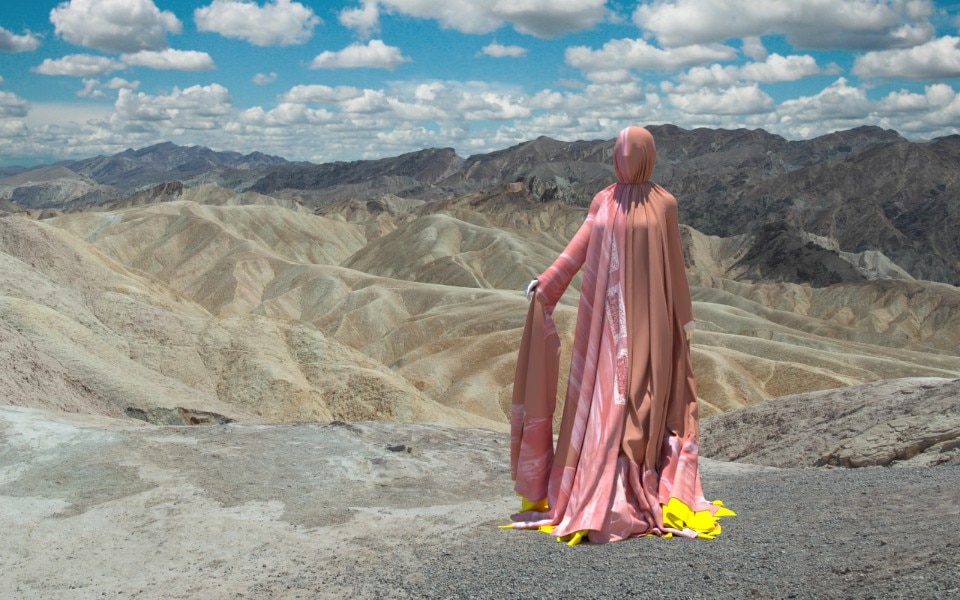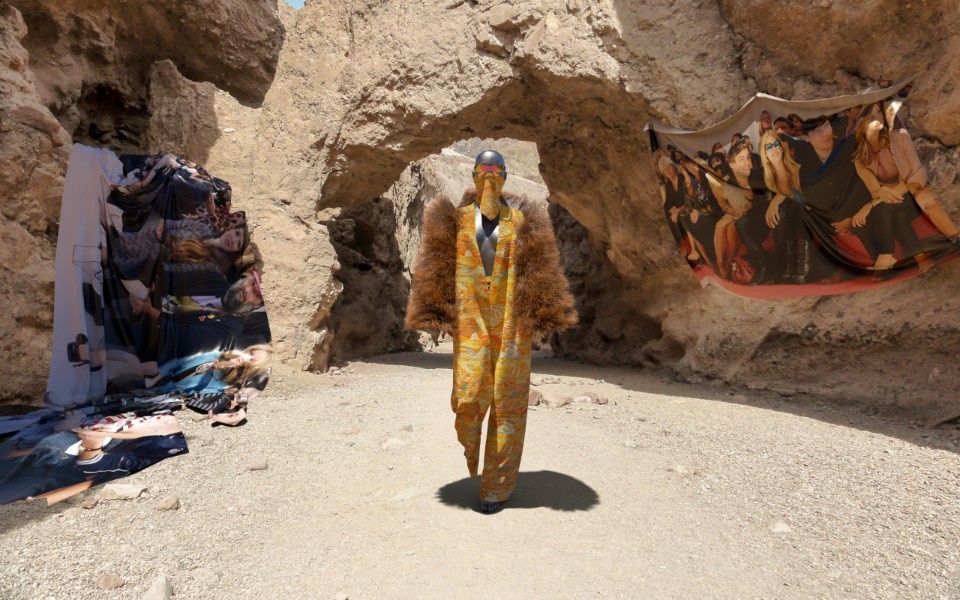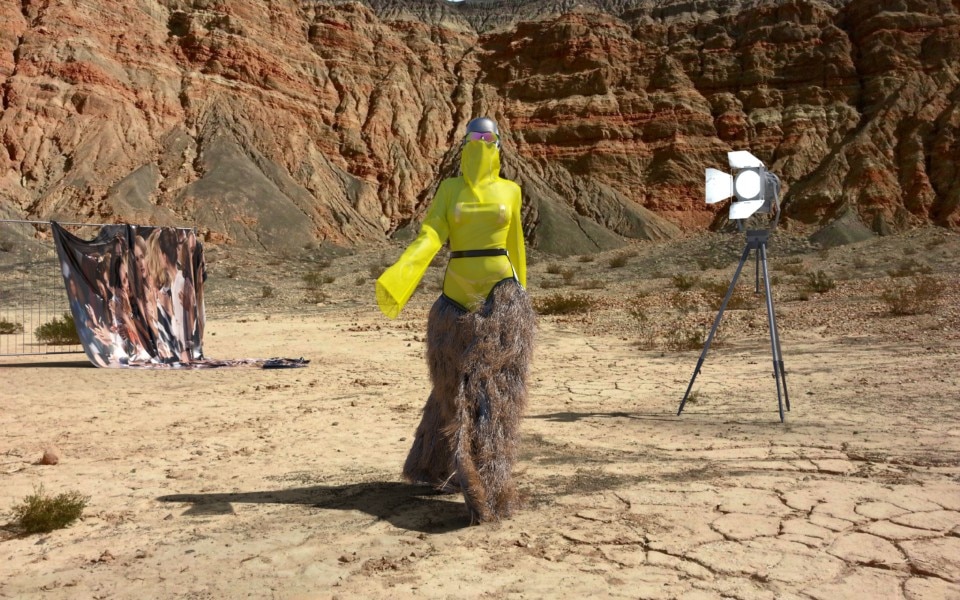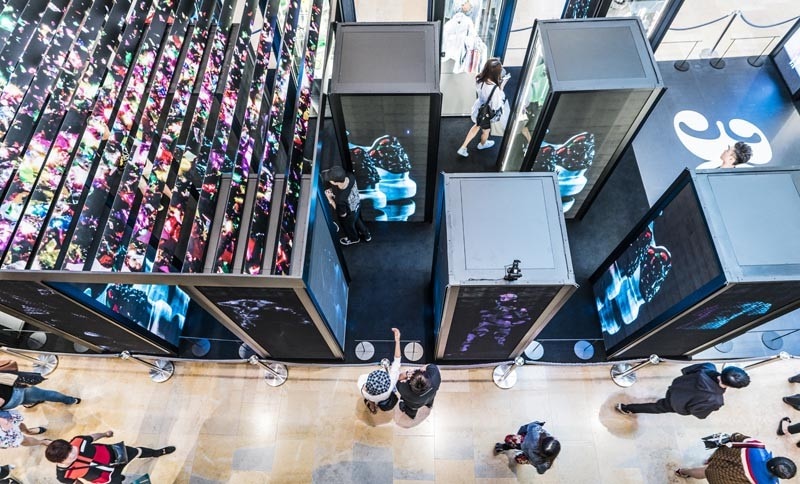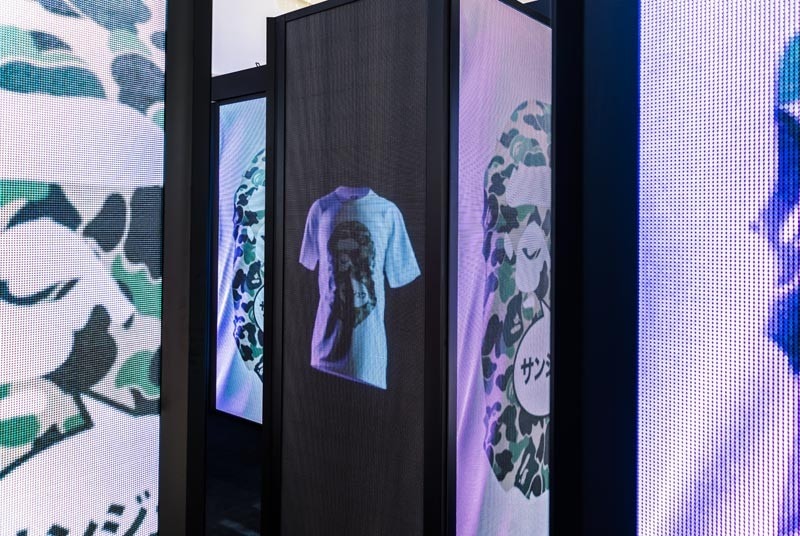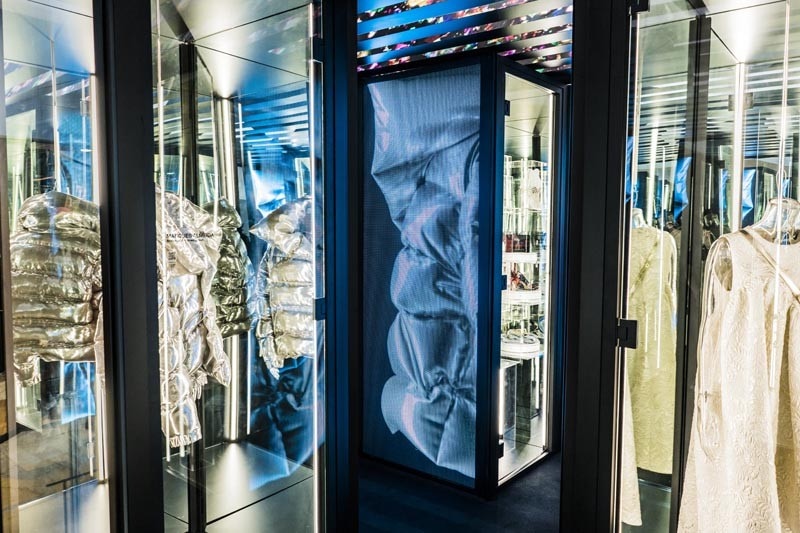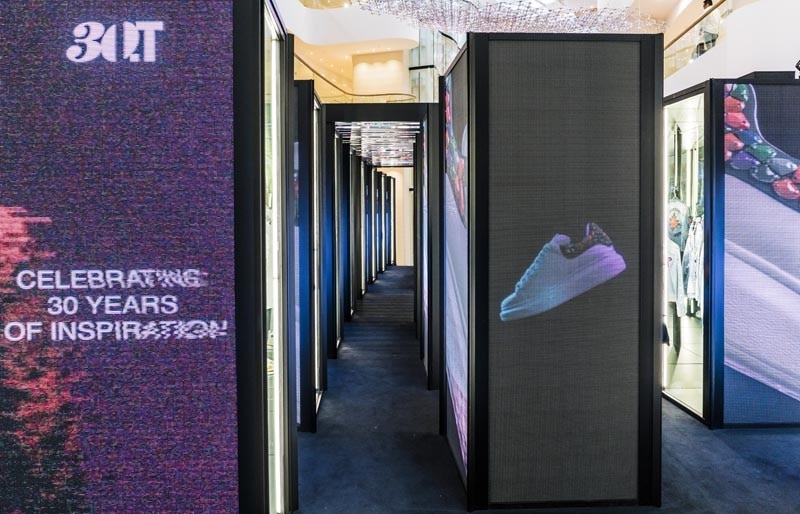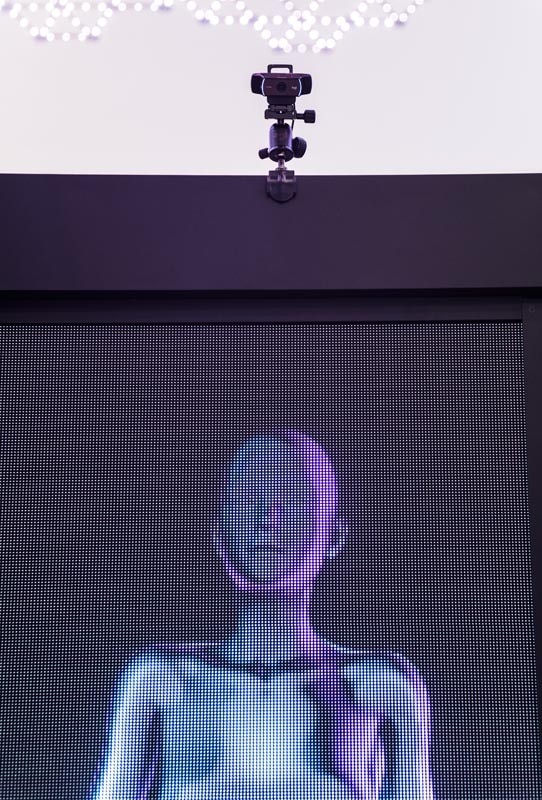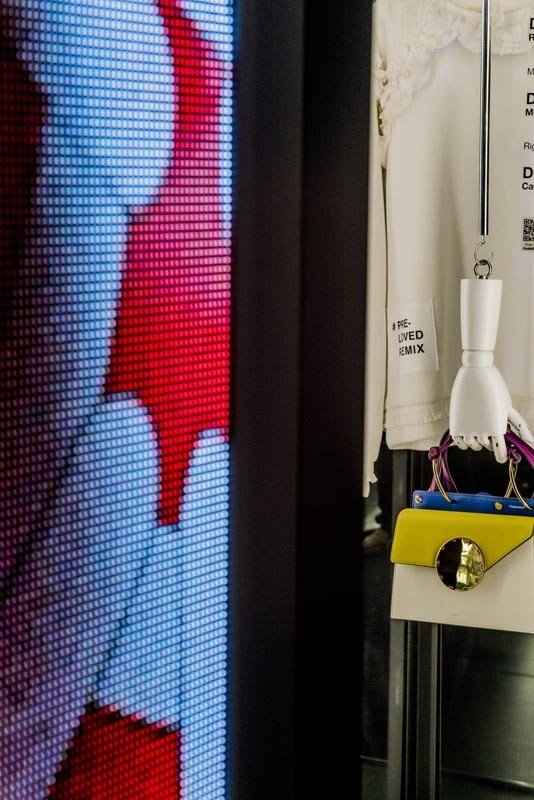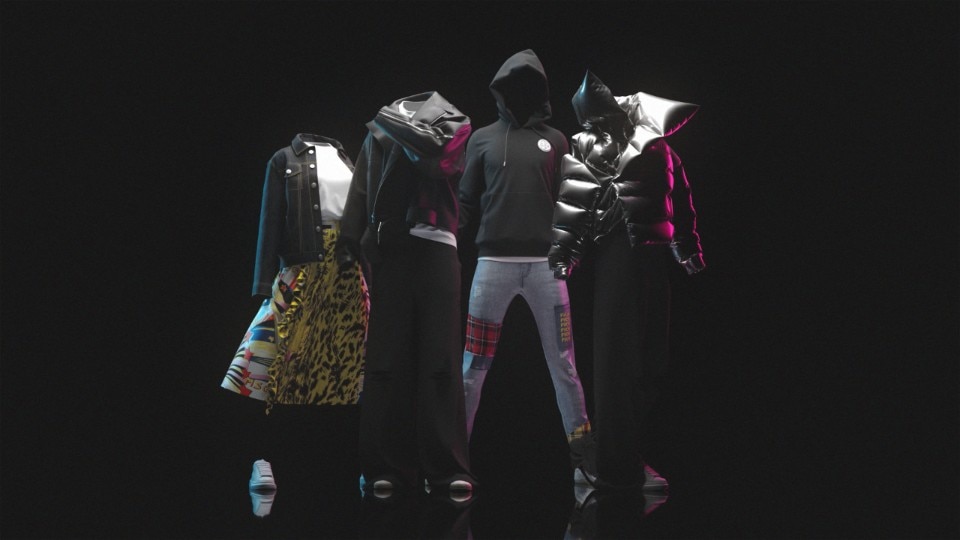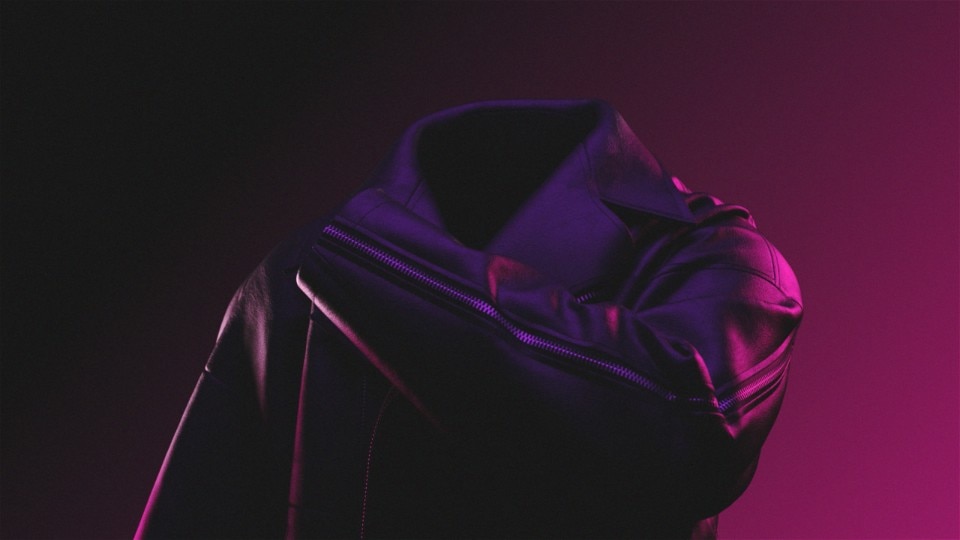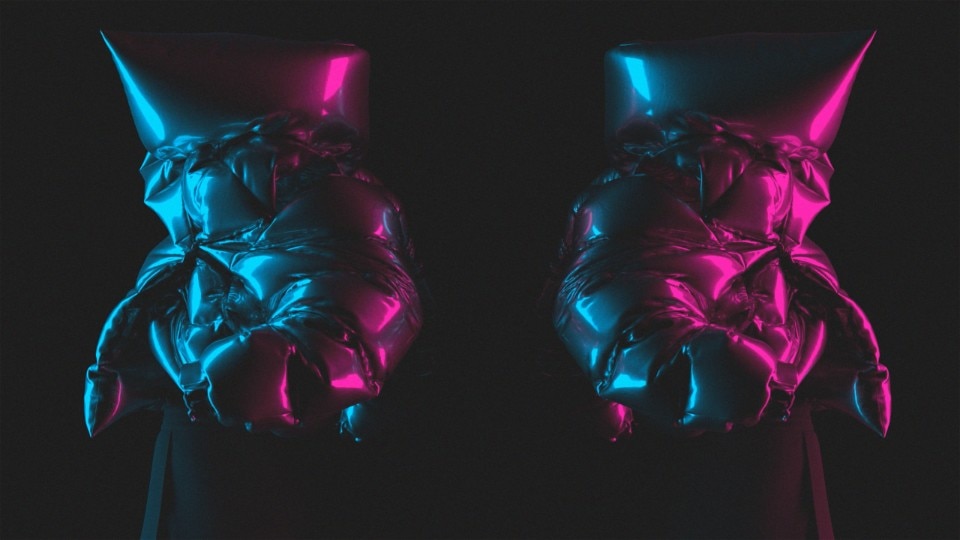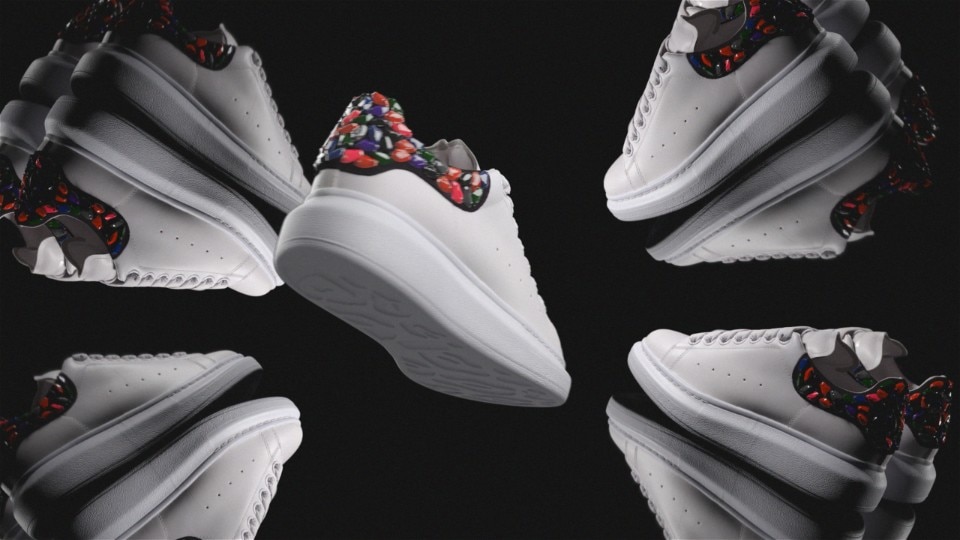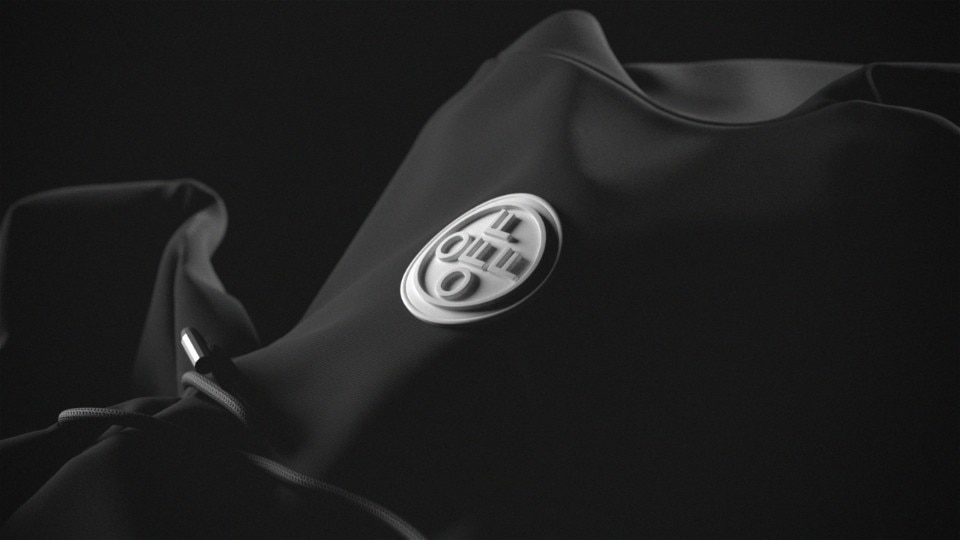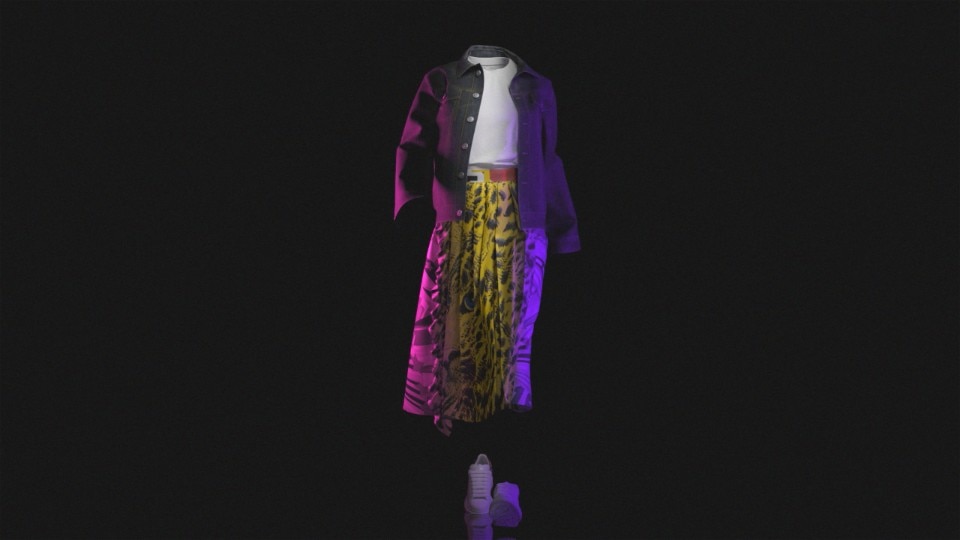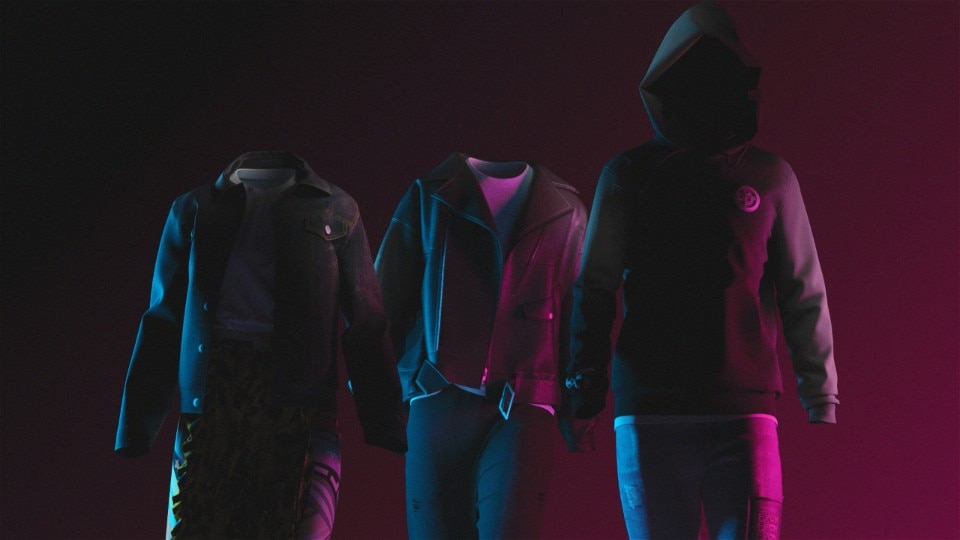Living seamlessly between the digital and physical realms is no longer a perquisite of younger generations. It is a practice that all of us are learning to master in this period of forced domesticity, as we are pushed to search for objects and solutions that we can no longer obtain in the old, traditional way. Already before the coronavirus, it was estimated that we touch our phones an average of 200 times per day, a fast-growing number for sure. It is now even more undeniable that we act in an augmented reality where the perception of the physical dimension blends with the output of the digital world. The retail sector wants to offer us this hybrid experience, enhancing it digitally with interactive devices that help us shop, experimenting with digital-only merchandise such as virtual fashion collections, and conceiving new forms of visual communication that give a synesthetic impression of a product. Here, digital technology is not approached from a merely technical perspective, but from the viewpoint of people’s needs and expectations. The phenomenon has been hailed by the trend agency WGSN as “digital craftsmanship”, saying it will explode in popularity in 2021 after growth in 2020 thanks to the installation of 5G wireless technology on a global scale.
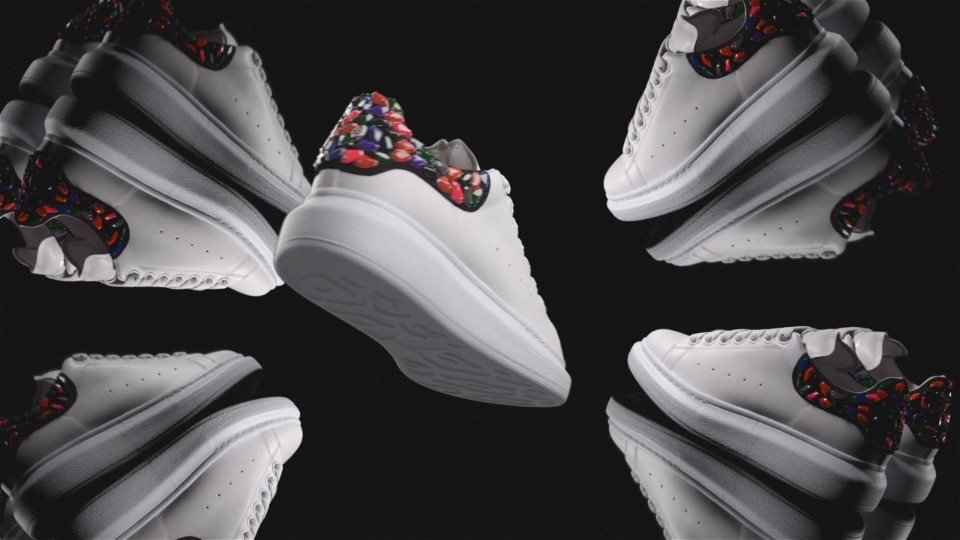
The virtual experience is a catalyst for increased personal expression and an emotive connection to the products by creating a space in which clients can dream. This is a tenet of the digital-only fashion brand The Fabricant, which collaborates with brands including Tommy Hilfiger, Puma, Adidas, Under Armour and Napapijri. It is specialised in the design and animation of realistic three-dimensional photographs, a trade that is half fashion, half technology, with ethical results. “Clothing does not need to be physical to exist,” says The Fabricant. “We believe the digital-only fashion sector will open up new creative avenues beyond the limits of the physical world, while promoting sustainability and drastically reducing the negative environmental impacts of the current fashion paradigm.” So while influencers inhabit digital spaces, and some of them like the avatar Lil Miquela (with almost two million followers on Instagram) are even virtual, why not build a fashion collection to wear on social media without bothering to produce it physically? “Young people in particular have an instinctive understanding of the digital space and its power to enable self-expression,” continues The Fabricant. “Through our digital clothing, we are returning to the heart of what fashion was always meant to be – a playful arena to explore and express our identities and individuality.” The firm was involved in making a film to launch a new cradle-to-cradle denim made by Soorty, a gigantic Pakistani mill, showing the fashion industry’s quest for novel forms of communication. Being entirely digital, the video did not emit the amounts of carbon dioxide associated with traditional cinematographic productions, underlining the mill’s sustainability mission.
Already before the coronavirus, it was estimated that we touch our phones an average of 200 times per day, a fast-growing number for sure. It is now even more undeniable that we act in an augmented reality where the perception of the physical dimension blends with the output of the digital world
Since 2018, the Scandinavian multi-brand chain of stores Carlings has been creating digital-only collections. The idea is to create outfits for social media based on photographs that customers send in of themselves. Clients gain access to a virtual dressing room where they can upload their photo, select from available items, and visualise them as if in front of a mirror. When the order is completed, a digital team proceeds to optimise the photograph. Among its frequently asked questions, Carlings cites, “Why should I spend money on something I will never wear in real life?” and answers, “Today’s fashion is for a large part dictated online. It’s by far where you have the most exposure. We want to give you the opportunity to keep expressing your style online, without leaving a negative footprint on the world. We notice a gap in the market where the most fun products are the most difficult to buy, for being too crazy or too expensive. By digitising these products, we make fashion more affordable.”
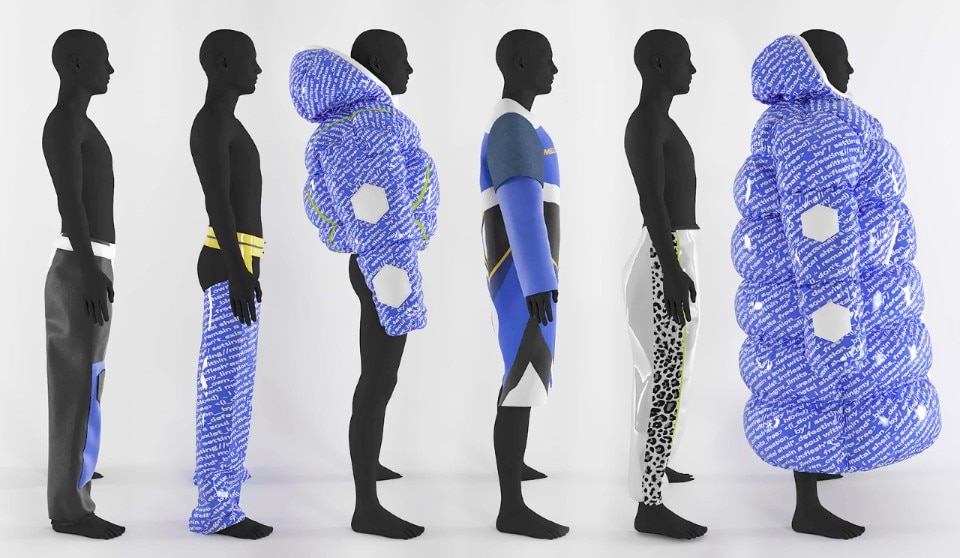
The Carlings initiative is not only playing an environmental card, but also aware of digital influencers and the gamification of the buying experience, in which interactive features are a distinguishing aspect. Harrods, the department store in London, opened an expansion of its beauty department last summer where customers can test products virtually by using a “magic mirror” that maps their face to generate a live rendering. Using augmented reality and artificial intelligence, the app YouCam by Perfect Corp. allows you to test lipstick, foundation, blush etcetera without physically applying them. You can try different looks on your own or with one of the store’s make-up artists. Says Annalise Fard, Harrods’ director of beauty: “The world of beauty has seen more change in the last 5 years than the previous 50. We are entering an era of true self-expression, empowerment and celebration of identity, and my vision is to create an environment that’s unmistakably Harrods and that allows for a fully immersive brand experience, a playground to discover the world’s most innovative new beauty products, as well as a place to celebrate can’t-live-without icons.” Here we have another crucial aspect of contemporary retail: the creation of sharable content. It is found in the travelling beauty pop-up store called Armani Box. Last autumn for one week, it brought to Milan a sensorially immersive experience into the aesthetics, scents and colours of Armani’s cosmetics line. Much like a movie set, the shop was equipped with backstage make-up tables and a director’s production room for screen tests, where customers could make a self portrait and video to publish online.
The idea is to create outfits for social media based on photographs that customers send in of themselves. Clients gain access to a virtual dressing room where they can upload their photo, select from available items, and visualise them as if in front of a mirror
In department stores around the world, real and digital are increasingly co-present.
The British artist Lucy Hardcastle, who calls herself a digital craftsman, recently made a video animation for 12 giant screens installed in the shopping mall Xintiandi Plaza, Shanghai. It depicts the transformation of a material becoming fluid and expanding with a rhythmic, relaxing movement linked to feminine energy without the usual reference to sensuality. For the Bentley EXP 100 GT and Chanel No 5, Hardcastle represented the identity of the product by exploring its invisible concepts in moving images. This type of synaesthesia and the increasing use of “extended reality”, where the real environment is combined with technology-generated virtual surroundings, form the frontiers of luxury commerce. It is the way to speak the visual languages of their next target, Generation Z.


